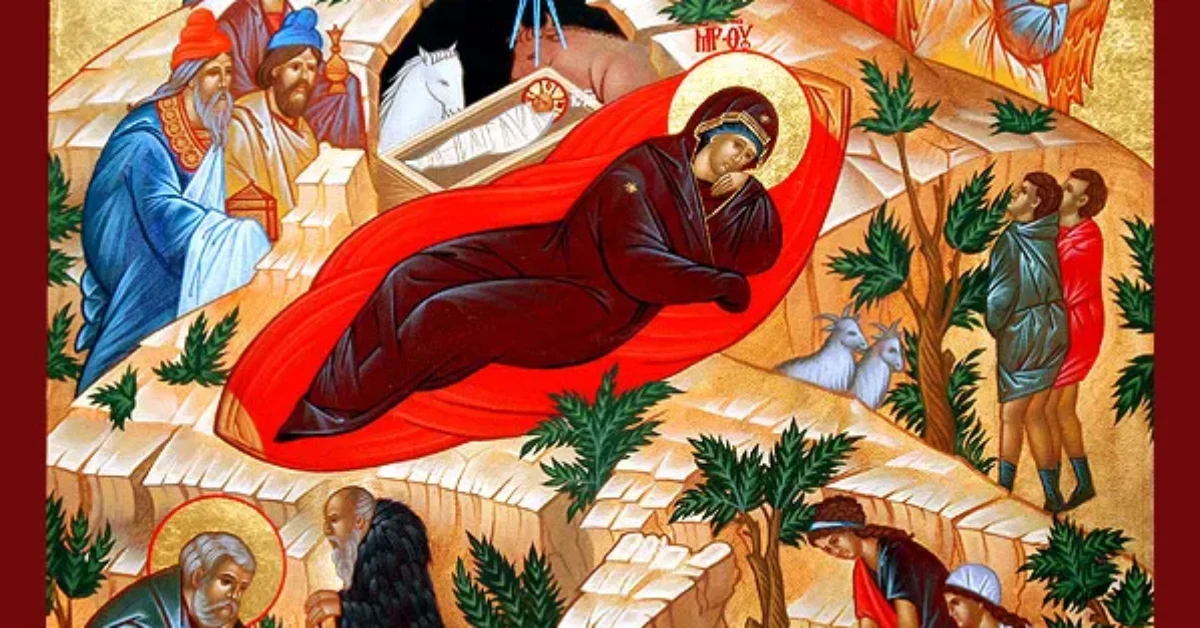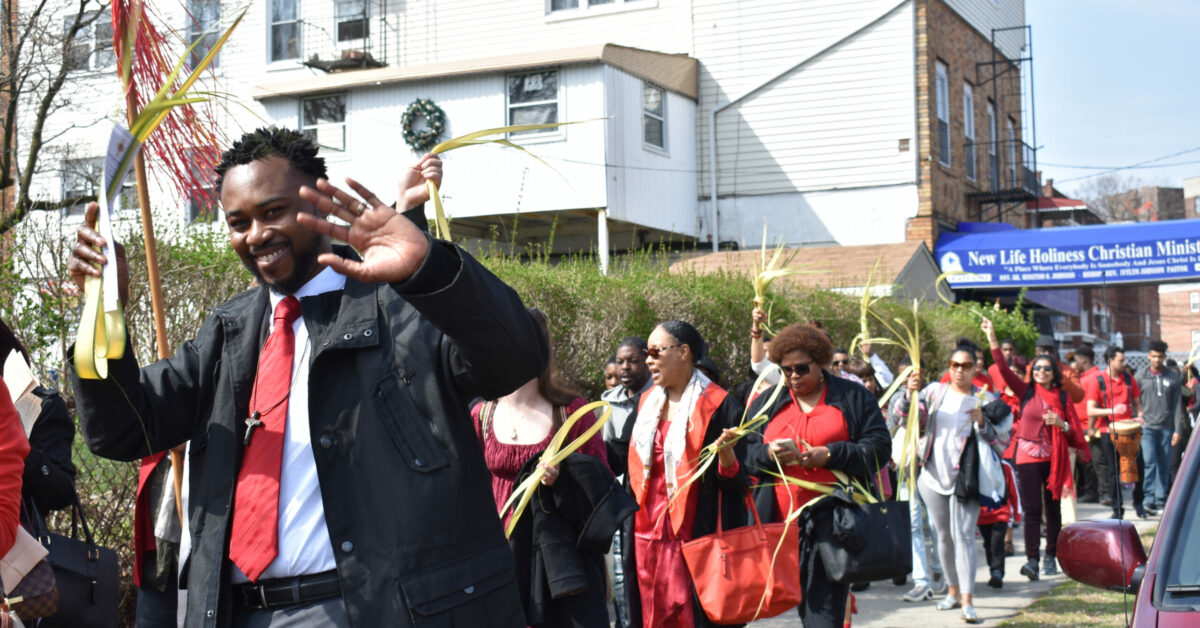Christmas Greetings: Excerpt from a Sermon of St. John Chrysostom
“This wonder fills me with astonishment!” So St. John Chrysostom (347-407) says in a Christmas day sermon. In this excerpt Chrysostom points to the way of discipleship that one enters through the catechumenate, a way that begins with God and the incarnation and birth of the Word, the Ancient of Days.
- He comes that he might make the Great Exchange of his life with ours: “For this he assumed my body, that I may become capable of his Word; taking my flesh, he gives me his spirit; and so he bestowing and I receiving, he prepares for me the treasure of life.”
- Through that Great Exchange we journey along a new path, a new way (begun in the catechumenate): “a heavenly way of life has been implanted on the earth,” “a clear path” upon which all of his disciples walk in Him.
May these ancient words by the “Golden Mouthed” draw our readers to contemplate the Incarnation and Nativity of the Lord and its meaning in daily life in new and wondrous ways.
What shall I say! And how shall I describe this birth to you? For this wonder fills me with astonishment. The Ancient of Days has become an infant. He who sits upon the sublime and heavenly throne, now lies in a manger. And he who cannot be touched, who is simple, without complexity, and incorporeal, now lies subject to the hands of men. He who has broken the bonds of sinners, is now bound by an infant’s bands. But he has decreed that ignominy shall become honor, infamy be clothed with glory, and total humiliation the measure of his goodness.
For this he assumed my body, that I may become capable of his Word; taking my flesh, he gives me his spirit; and so he bestowing and I receiving, he prepares for me the treasure of life. He takes my flesh to sanctify me; he gives me his Spirit, that he may save me.
Come, then, let us observe the Feast. Truly wondrous is the whole chronicle of the Nativity. For this day the ancient slavery is ended, the devil confounded, the demons take to flight, the power of death is broken, paradise is unlocked, the curse is taken away, sin is removed from us, error is driven out, truth has been brought back, the speech of kindliness diffused, and spreads on every side, a heavenly way of life has been implanted on the earth, angels communicate with men without fear, and men now hold speech with angels.
Why is this? Because God is now on earth, and man in heaven; on every side, all things commingle. He became flesh. He did not become God. He was God. Wherefore he became flesh, so that he whom heaven did not contain, a manger would this day receive. He was placed in a manger so that he, by whom all things are nourished, may receive an infant’s food from his virgin mother. So, the Father of all ages, as an infant at the breast, nestles in the virginal arms that the Magi may more easily see him. Since this day, the Magi too have come, and made a beginning of withstanding tyranny; and the heavens give glory, as the Lord is revealed by a star.
To him, then, who out of confusion has wrought a clear path, to Christ, to the Father, and to the Holy Ghost, we offer all praise, now and forever. Amen.

